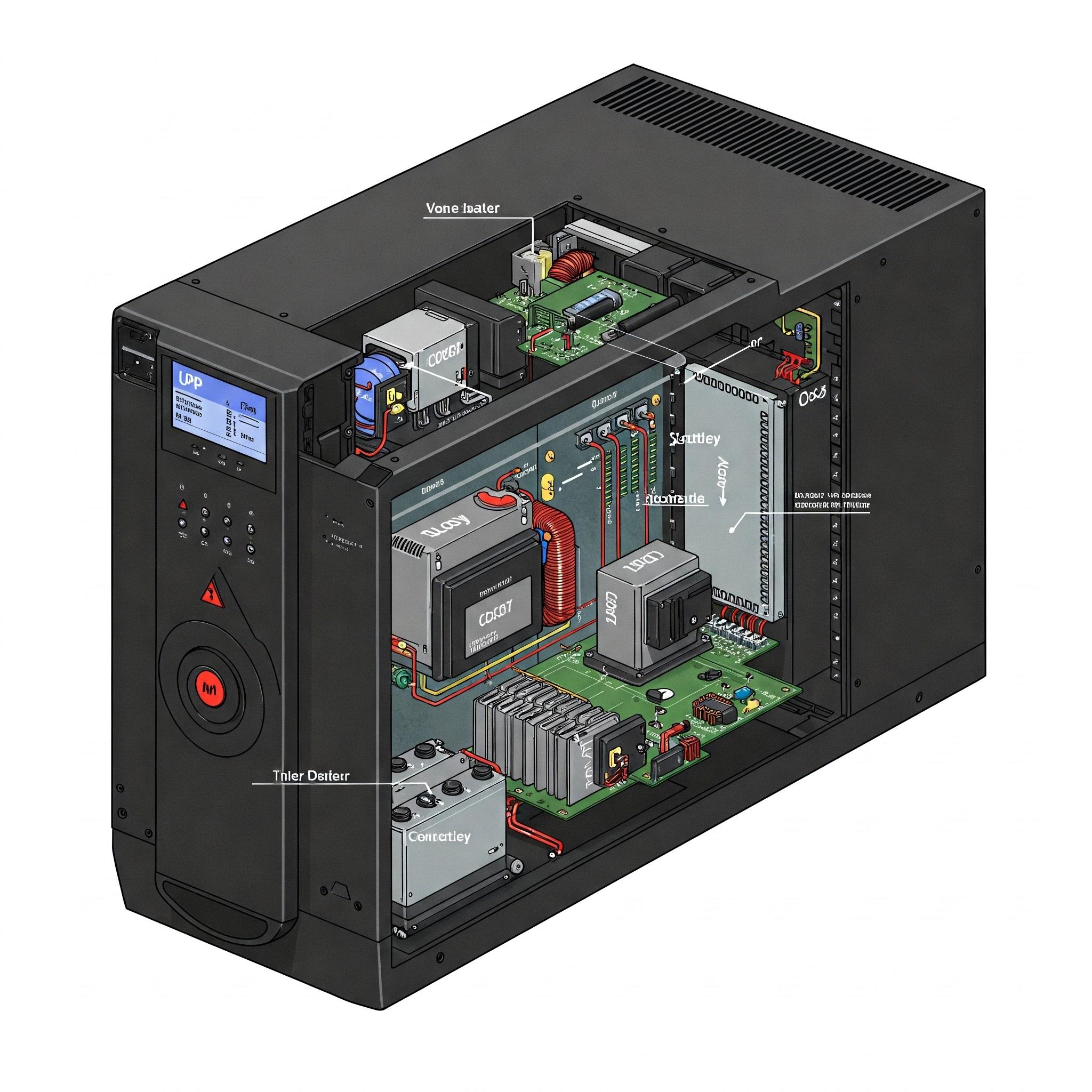How to design battery backup for critical load in Electrical Installation?

Battery backup systems are essential components in electrical installations, providing backup power to critical loads in the event of a mains power failure. Critical Load Battery Backup Design is crucial for ensuring uninterrupted operation in various applications, including data centers, hospitals, and commercial buildings, where continuous power is essential for critical equipment and systems. Designing battery backup for critical loads involves several considerations, including load requirements, battery capacity, and system configuration. This essay will provide an overview of the design process for battery backup systems in electrical installations.
Overview of Battery Backup Systems
Battery backup systems are designed to provide backup power to critical loads in the event of a mains power failure. They typically consist of the following components:
Battery
The battery stores electrical energy and provides backup power to the critical loads in the event of a mains power failure. Batteries can be of various types, including lead-acid, lithium-ion, and nickel-cadmium, each with its own advantages and disadvantages.
Inverter
The inverter converts DC power from the battery into AC power, which is used to power the critical loads. Inverters can be of various types, including standalone inverters, grid-tied inverters, and hybrid inverters, each with its own advantages and disadvanta
Charge Controller
The charge controller regulates the charging of the battery to ensure that it is charged properly and efficiently. Charge controllers can be of various types, including PWM charge controllers, MPPT charge controllers, and smart charge controllers, each with its own advantages and disadvantages.
Monitoring and Control System
The monitoring and control system monitors the status of the battery backup system and its components, controls the operation of the system, and provides alerts and notifications in case of faults or failures.
Output Distribution
The output distribution distributes the AC power from the inverter to the critical loads.
Design Process for Battery Backup Systems
Designing battery backup systems for critical loads in electrical installations involves several steps, including:
1. Load Analysis
The first step in designing a battery backup system is to conduct a load analysis to determine the power requirements of the critical loads. This involves identifying the critical loads, determining their power consumption, and calculating the total power requirement.
2. Battery Sizing
The next step is to size the battery to ensure that it can provide backup power to the critical loads for the required duration. This involves calculating the battery capacity based on the total power requirement and the desired backup time.
3. Inverter Sizing
The next step is to size the inverter to ensure that it can convert the DC power from the battery into AC power for the critical loads. This involves calculating the inverter capacity based on the total power requirement and the efficiency of the inverter.
4. Charge Controller Sizing
The next step is to size the charge controller to ensure that it can regulate the charging of the battery properly and efficiently. This involves calculating the charge controller capacity based on the battery capacity and the charging current.
5. System Configuration
The final step is to configure the battery backup system to ensure that it meets the requirements of the critical loads. This involves selecting the appropriate battery type, inverter type, charge controller type, and monitoring and control system.
Conclusion
In conclusion, designing battery backup systems for critical loads in electrical installations involves several considerations, including load requirements, battery capacity, and system configuration. By following the design process outlined in this essay, engineers and technicians can ensure that battery backup systems are designed and installed properly to provide reliable and uninterrupted power supply to critical loads.



